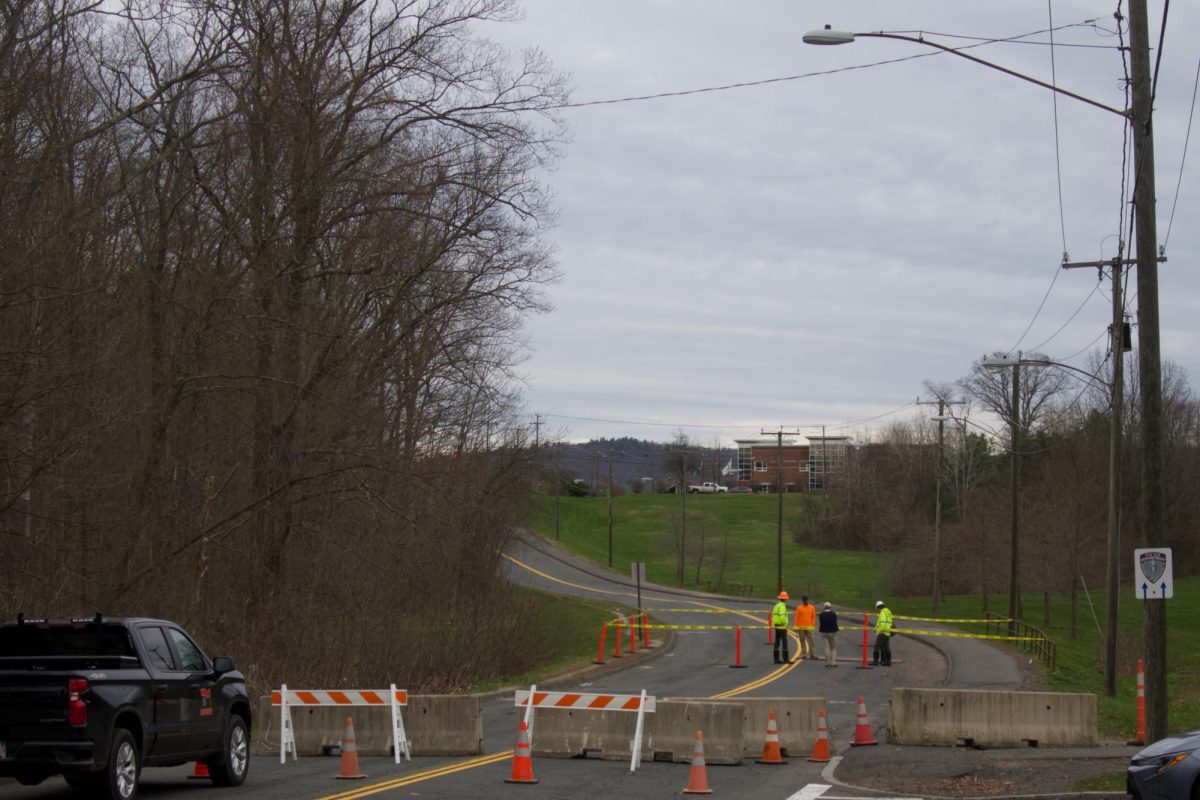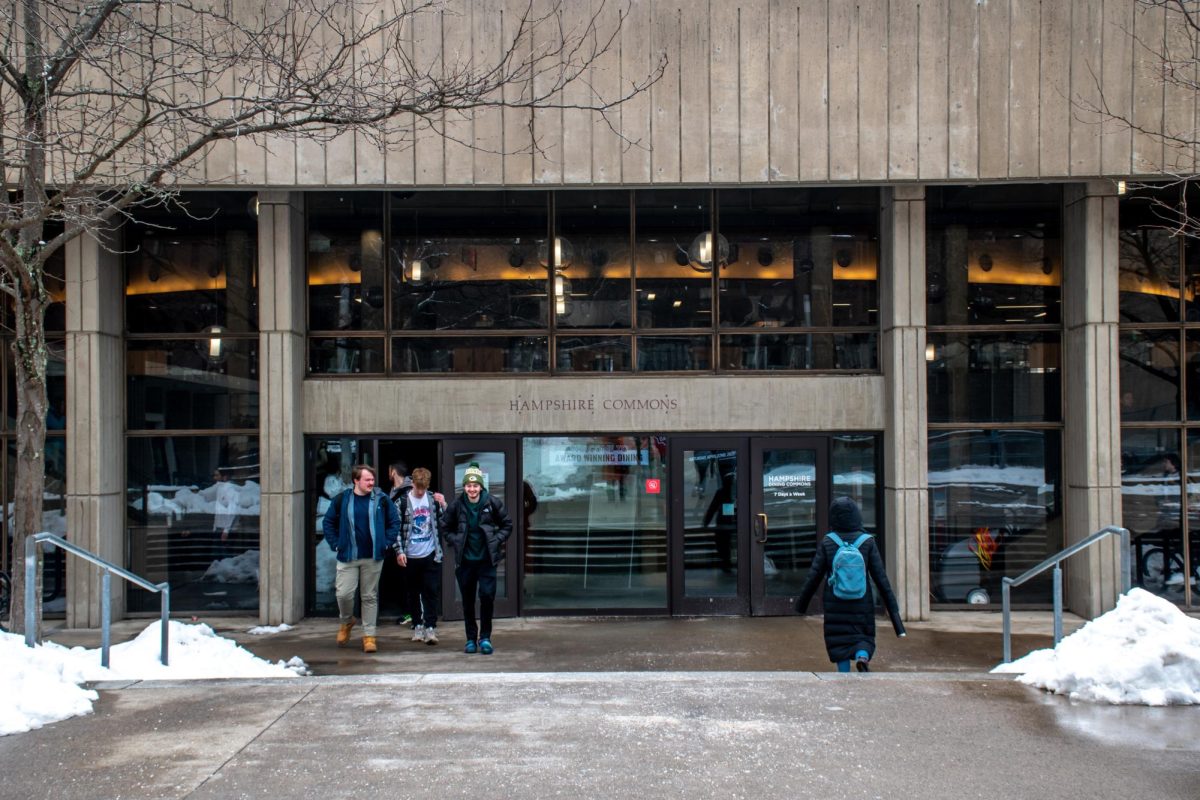
Professor David Boutt traveled to the now-abandoned, 8,000-feet-deep Homestake Mine in Lead, S.D. along with a select group of researchers. Their objective was to study rock dynamics and water flow deep underground as a suitability check for the successful construction of the National Science Foundation proposed Sanford Deep Underground Science and Engineering Laboratory, a $900 million project.
According to Boutt, the idea to create an underground laboratory has been around for quite some time.
“About 10 to 15 years ago, the NSF, along with the Department of Energy…started looking into trying to develop a deep underground lab in the U.S.,” he said during a phone interview. “So they kind of put forth a number of solicitations…from people who wanted to put together a deep lab.”
These solicitations were for possible locations for the new lab and after a lengthy review process, the Homestate Mine was eventually dubbed the best location.
“South Dakota was chosen because of a number of different reasons,” Boutt went on. “The rock type was ideal, the actual mine itself was being closed…and the mining company actually gave the mine to the state of South Dakota.”
He added that the mine already has some 18 miles of tunnels and shaft ready for experimenting.
Currently, several groups are competing for their experiments to be installed in the DUSEL. Boutt’s group is championing a project that involves studying carbon-based micro-organisms deep underground.
“The proposal’s really motivated by what the subsurface biosphere looks like,” he said. “There are a lot of estimates that suggest that about half of the carbon mass is actually underground in the form of microorganisms.”
Bloutt added that further research into these microorganisms provide a new perspective on the origins of life.
“A lot of these microorganisms…don’t use oxygen as an electron acceptor; they use various different things,” he said. “They have a lot of novel behaviors that are currently not understood that could be helpful for energy generation. Understanding these bugs could give us insight into the origin of life on Earth and potentially on other planets as well.”
Bloutt’s field of interest is water flow, specifically in the fluids that exist deep in the mine amongst the microorganisms.
“I’m interested in looking at the interface between these fluids and the life that they support deep underground,” he said.
However interesting the exploration may have been, the working conditions of the mine were far from ideal. Despite a surface temperature of nearly 100 degrees, Bloutt and his team experienced temperatures of a mere 50 degrees Fahrenheit in the middle sections of the mine and 90 degrees or more at their maximum depth of 4,900 feet. In addition, many tunnel pathways contained a myriad of obstacles, including massive rubble piles impeding travel and pools of freezing water, waist-high at times, to be waded through.
Overall, Bloutt concluded, it was a successful trip, but the research is not yet over.
“I’m actually planning to go back to the mine in October this year to put in some instrumentation,” he said. “So if you think about it, it’s kind of the beginning of a long-term project.”
Cameron Ford can be reached at [email protected].






